Eczema Treatment in Singapore
Eczema, also known as atopic dermatitis, is a chronic skin condition that causes the skin to become red, itchy and inflamed.
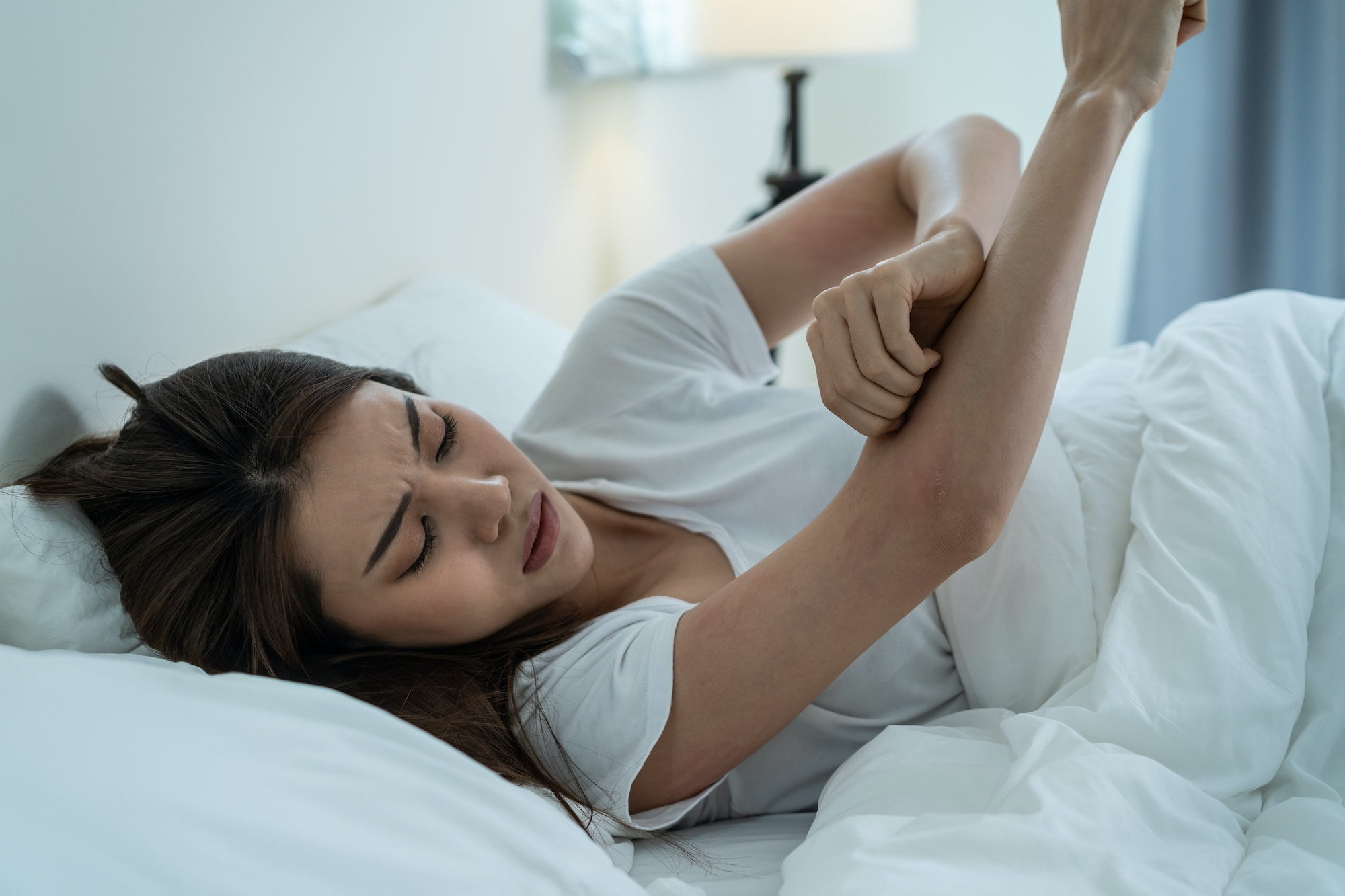
Eczema in Singapore
Eczema, also known as atopic dermatitis, is a chronic skin condition that causes the skin to become red, itchy and inflamed. It is a long-term condition which may come and go in episodes or flare-ups due to environmental factors such as stress and temperature changes.
Eczema in Singapore, usually starts in infancy or childhood but may persist into adulthood. While the exact cause is unknown, this condition is believed to stem from an overactive immune response to environmental triggers such as allergens and irritants, requiring eczema treatment.

When eczema flares up, there may be redness, itching, and/or swelling of the affected areas resulting in uncomfortable sensations such as burning or stinging. The scratching caused by eczema can further worsen the condition and lead to infections if not managed properly.
Some of the symptoms from Eczema include:
-
Dry, sensitive skin

-
Red, inflamed skin

-
Very bad itching

-
Dark colored patches of skin

-
Rough, leathery or scaly patches of skin

-
Oozing or crusting

-
Areas of swelling

-
Thick, leathery skin with deep cracks

-
Occasional infections due to scratching

Eczema is a condition in which the skin barrier is compromised, leading to itchy, dry skin that can become red and inflamed. People with eczema have an overly active immune system response which damages the protective outer layer of their skin.
This damage interferes with the ability of the outer layer of skin to retain moisture and prevents external irritants from staying outside the body. As a result, eczema sufferers experience intense itchiness and discomfort as well as frequent episodes of redness, cracking and flaking.
Eczema Symptoms


Different Types of Eczema
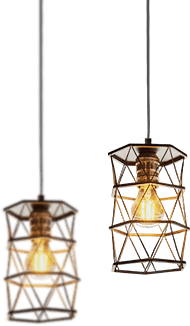

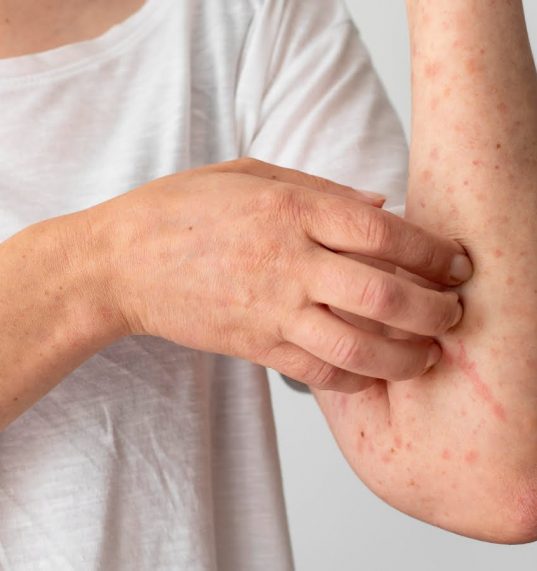
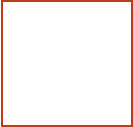
Atopic Eczema
Atopic dermatitis, often referred to as eczema, is a chronic skin condition characterised by inflammation, redness, and irritation. It’s most common in children but can occur to adults who have a family history of asthma or allergies.
Treatment
Contact Dermatitis
Contact dermatitis is an eczema that develops after direct contact with an irritating substance. Contact dermatitis causes redness, swelling and itching at the affected area. In some cases, a rash may also appear.

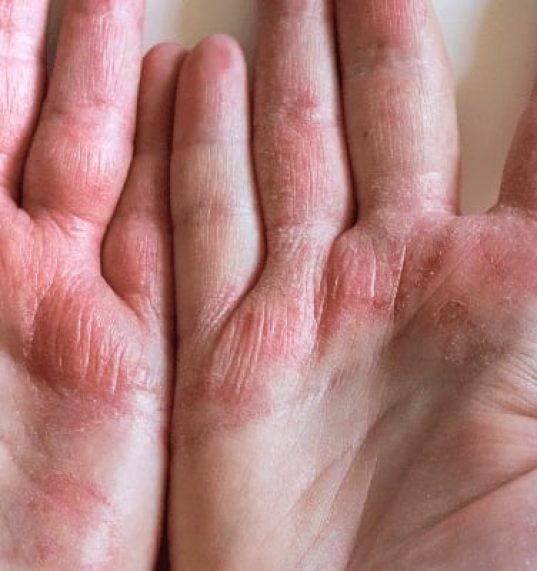


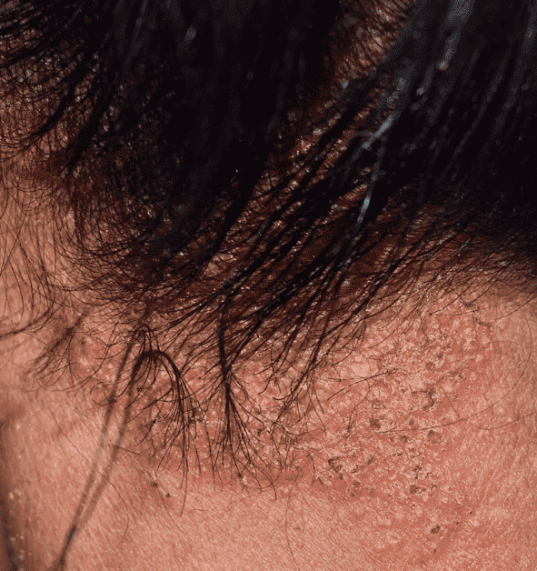

Seborrheic Dermatitis
Seborrheic dermatitis is a common, chronic skin condition that primarily affects areas of the body with a high density of sebaceous (oil) glands, such as the scalp, face, and upper body. The hot and sticky weather in Singapore tends to aggravate this condition, causing redness, flaking, and irritation.
Nummular Eczema
Nummular eczema, also known as discoid eczema, is a chronic skin condition characterised by round, coin-shaped spots that can appear on the skin. These patches are often itchy and can be quite distinct in appearance compared to other forms of eczema.
Treatment

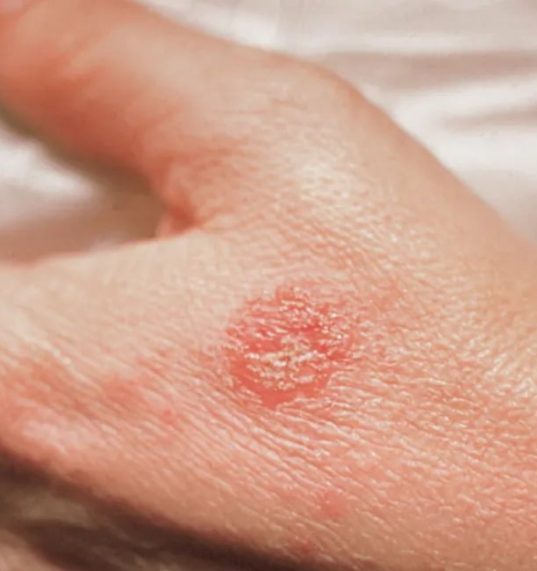




Dyshidrotic Eczema
Dyshidrotic eczema, also known as pompholyx or dyshidrosis, is a type of eczema characterised by small, intensely itchy blisters that typically appear on the palms of the hands, sides of the fingers, and soles of the feet. The blisters can be itchy and painful, leading to cracked skin and possible infection if not treated properly.
Stasis Dermatitis
Stasis dermatitis is a type of eczema that occurs when blood flow to the lower legs is impaired. It usually affects people who have poor circulation due to age or obesity, and can cause swelling, redness and itching on the lower legs.
Treatment

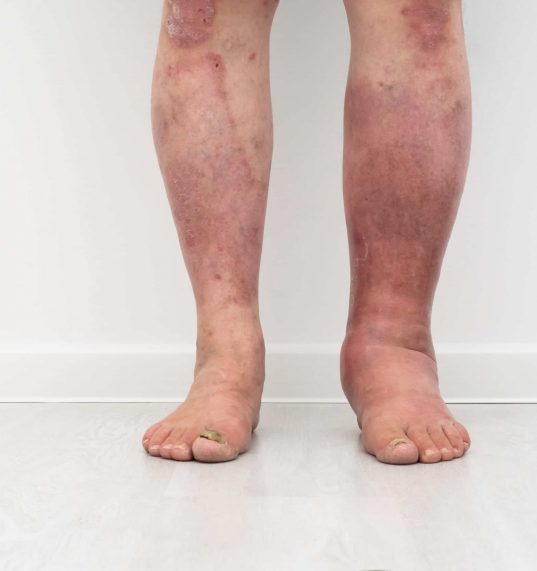


Book
Consultation
WE ARE HERE
TO HELP YOU

Dedicated Specialists for Eczema
Dr Tan & Dr Ker are experienced dermatologists that have been treating patients suffering from atopic dermatitis (Eczema) for years

Personalised Treatment
There isn’t a one-size-fits-all treatment to Eczema. Understanding the condition through a detailed assessment and customising a treatment for every patient is key to keeping Eczema in control.
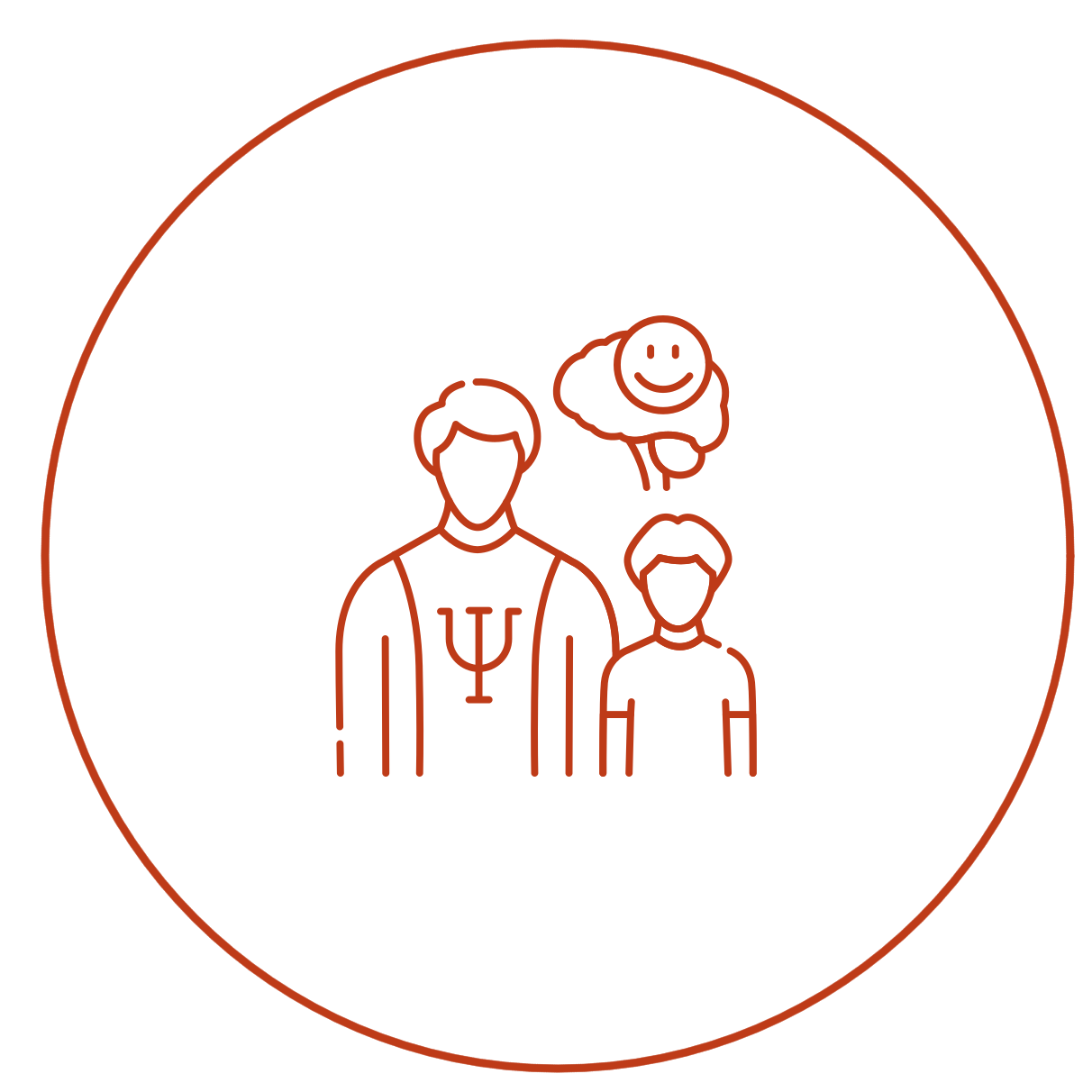
Adults & Paediatric
The treatment for eczema in adults and children can differ, so it is important to find the most effective approach for each individual. Our specialists are experienced in treating eczema in both adults and children.







